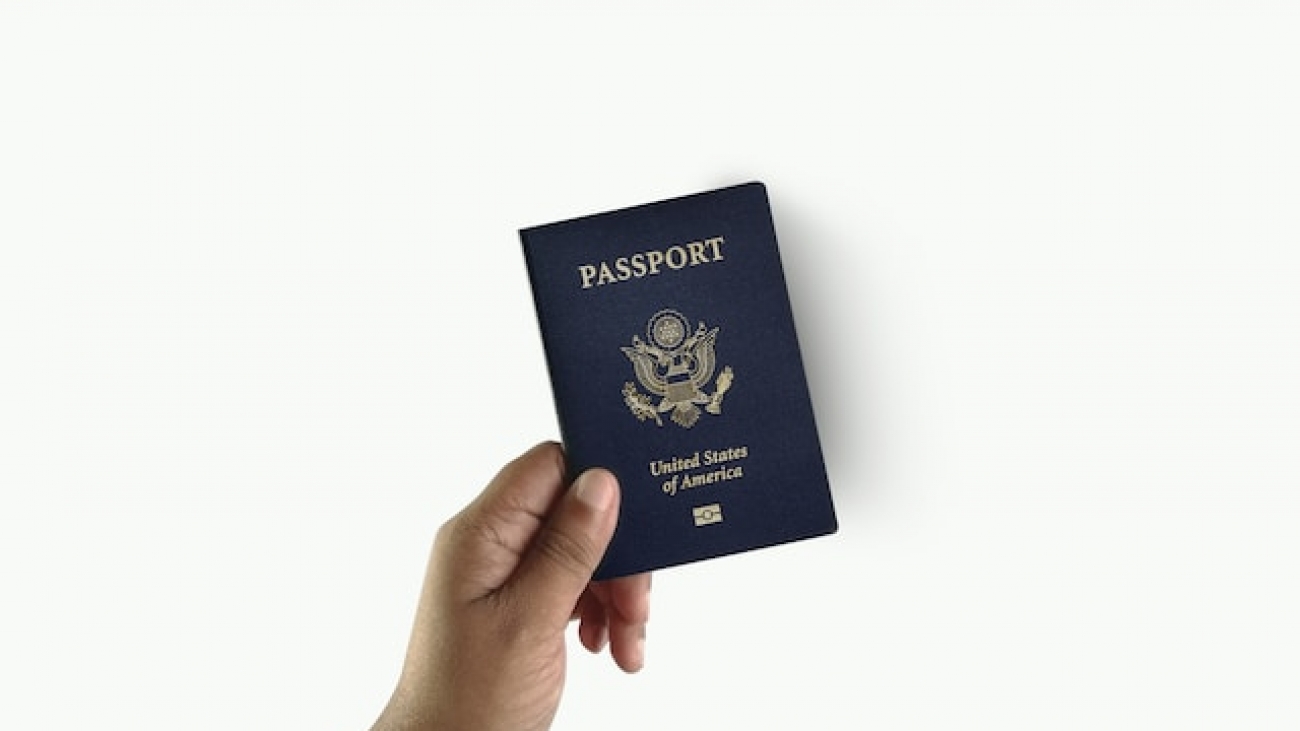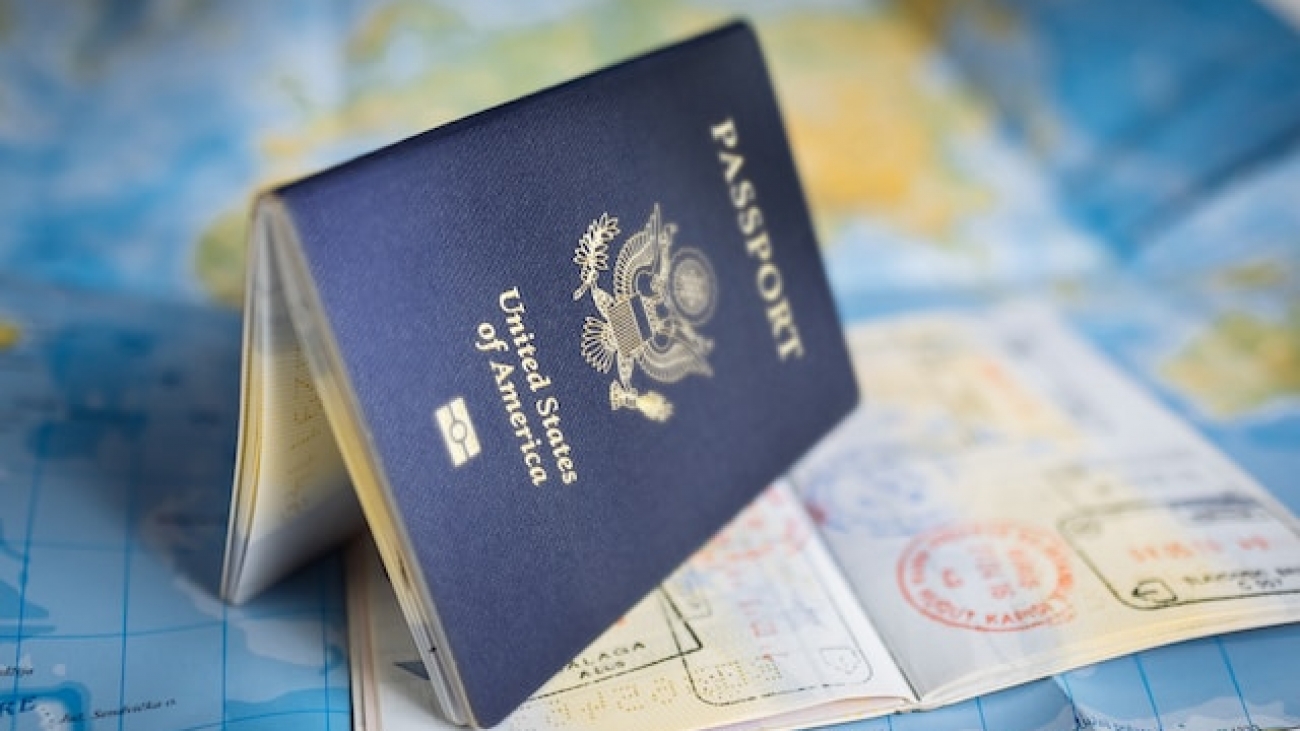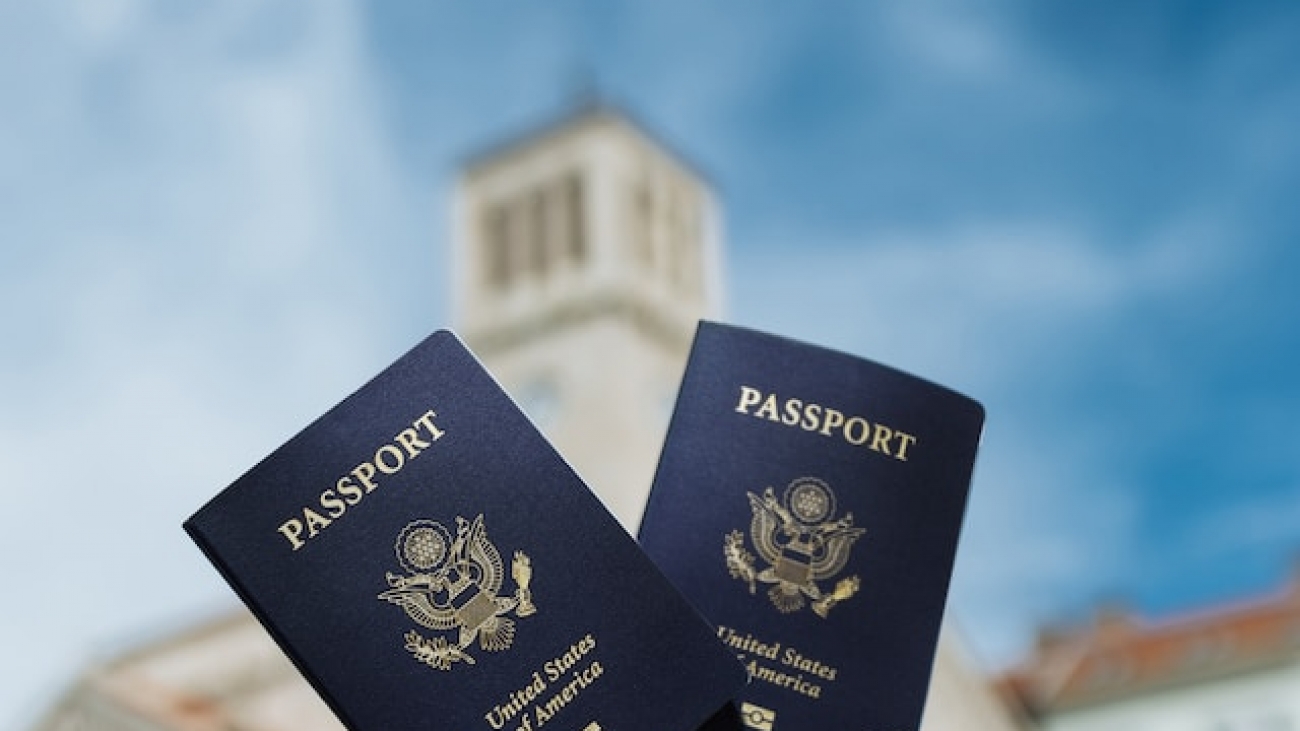If you are facing an emergency situation and require an urgent visa appointment at a U.S. embassy or consulate, there are a few steps you can take:
- Check the Embassy/Consulate Website: Visit the website of the U.S. embassy or consulate where you plan to apply for the visa. Look for information regarding emergency visa appointments or any specific instructions for urgent cases. Many embassies or consulates have dedicated sections on their websites that provide guidance on emergency visa services.
- Contact the Embassy/Consulate: Reach out to the embassy or consulate directly through their provided contact information. Explain your situation and the urgency of your need for a visa appointment. They may provide instructions or guidance on how to proceed, including any additional documents or information they may require.
- Request Expedited Appointment: Some embassies or consulates allow applicants to request expedited visa appointments in emergency situations. They may have specific criteria or documentation requirements to qualify for an expedited appointment. Follow the instructions provided by the embassy or consulate to submit your request.
- Contact the U.S. Department of State: If you are unable to secure an appointment through the embassy or consulate directly, you can contact the U.S. Department of State’s Visa Office for assistance. They may be able to provide guidance or escalate your situation to the appropriate authorities.
It’s important to note that emergency visa appointments are typically reserved for genuine emergencies, such as medical emergencies, the death or serious illness of a family member, or urgent business travel. Each embassy or consulate has its own procedures and policies for handling emergency cases, so it’s crucial to review their specific guidelines and follow the instructions provided.
Additionally, it’s recommended to reach out to an immigration attorney or seek professional advice to understand the best course of action based on your unique circumstances and the requirements of the specific embassy or consulate you are dealing with.






